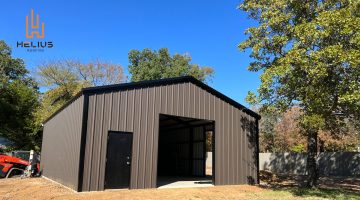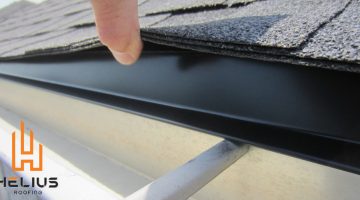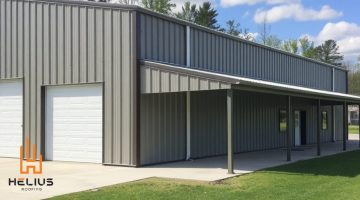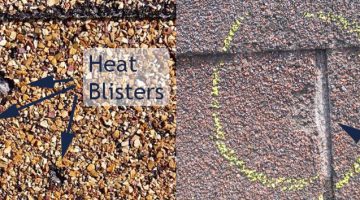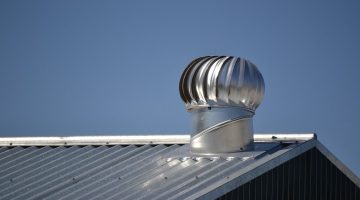
Introduction
Proper attic ventilation is essential for maintaining a healthy and efficient home. It helps regulate temperature, prevents moisture buildup, and prolongs the lifespan of your roof. One crucial element of attic ventilation is the use of vents. Attic vents facilitate the exchange of air, allowing hot, stale air to escape and fresh air to enter. In this article, we will explore the different types of attic vents commonly used in residential buildings, their benefits, and how they contribute to a well-ventilated attic space.
- Ridge Vents
Ridge vents are among the most popular types of attic vents. They are installed along the length of the roof’s peak, allowing for continuous ventilation along the entire ridge. Ridge vents work in conjunction with soffit vents, creating a natural flow of air from the soffits up through the attic and out through the ridge. This continuous airflow helps to remove heat and moisture, preventing their accumulation in the attic space. Ridge vents are often made from durable materials such as metal or plastic and are designed to blend seamlessly with the roofline.
Benefits:
- Provides uniform ventilation along the entire ridge of the roof.
- Blends aesthetically with the roofline, maintaining the overall appearance of the house.
- Creates a passive airflow system that requires no moving parts or energy consumption.
- Helps prevent the formation of ice dams during cold weather by keeping the roof uniformly cool.
- Soffit Vents
Soffit vents are installed in the eaves or overhangs of the roof. They allow fresh air to enter the attic space from the underside of the roof, replacing the hot and stale air being expelled through the higher vents. Soffit vents work hand-in-hand with ridge vents, promoting a balanced airflow throughout the attic. They are available in various styles, including perforated panels, continuous strip vents, or individual vent covers.
Benefits:
- Efficiently brings in cool, fresh air from outside, ensuring proper air circulation in the attic.
- Prevents moisture buildup by allowing humid air to be replaced with drier air.
- Helps to maintain a consistent temperature in the attic, reducing the strain on insulation and lowering energy costs.
- Protects against the development of mold, mildew, and rot caused by excessive humidity.
- Gable Vents
Gable vents are installed on the gable ends of the house, typically located in the attic’s uppermost section. They provide an outlet for hot air to escape, creating a natural flow of air through the attic space. Gable vents come in various shapes and sizes, including rectangular, round, or louvered designs, and are often made from aluminum or vinyl.
Benefits:
- Facilitates the release of hot air, preventing heat buildup and reducing the strain on air conditioning systems.
- Provides an alternative ventilation option in situations where ridge vents are not feasible or sufficient.
- Enhances the architectural appeal of the house, as gable vents can be designed to complement the overall aesthetic.
- Turbine Vents
Turbine vents, also known as whirlybirds, are wind-driven vents that harness the power of natural wind currents to create ventilation. They consist of a roof-mounted metal vent with fins that rotate as the wind blows, drawing hot air out of the attic. Turbine vents are commonly made from aluminum and can be found in different sizes to accommodate varying attic ventilation needs.
Benefits:
- Utilizes wind energy to actively remove hot air from the attic, promoting efficient ventilation.
- Does not rely on electrical power, making them environmentally friendly and cost-effective.
- Can provide additional ventilation during periods of low or no wind due to their spinning action.



